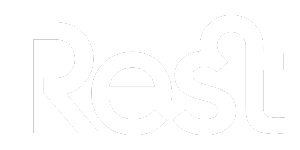It is important to ensure that all employees are fully trained in health and safety to ensure that they understand their responsibilities with regards to health and safety in the workplace.
Employers should vocalise to employees the hazards associated with their role in the organisation, how to notify their Health and Safety Representative when hazards are identified, how to follow health and safety policies and procedures and the consultative arrangements associated with health and safety.
Looking to further your workplace compliance? Join the ARA Retail Institute in their latest workshop which looks into managing merchandise quality and compliance, the final critical step in the buying life-cycle. Product managers require the ability to review quality and compliance standards, ensuring products meet requirements and take action to address quality and compliance issues that may arise. A top quality product that hits the retail floor will ensure customer satisfaction and contribute to continual retail sales. A flawed and non-compliant product will not sell well and no doubt cause considerable brand damage. Click the link below to find out how you establish and assess organisational merchandise quality and compliance standards.
{{cta(’44b8f567-eeae-4325-9b23-a1d52c2351b4′,’justifycenter’)}}
When determining the most appropriate method of training, employers should consider the different options available and choose the method that will deliver the best results for the type of training being conducted.
Options include:
· Industry-based training – e.g. Accredited First Aid Course
· Hazard-specific training – e.g. Safe Manual Handling
· On-the-job training – e.g. Completing an Incident Report
· Company training programmes – e.g. Evacuation Procedures
Regardless of what training option is chosen, there are some key workplace health and safety areas which must form an integral part of the store’s workplace health and safety training program.
These include:
· Safe Manual Handling
· First Aid
· Emergency Procedures
· Evacuation Procedures
· Handling Dangerous Goods
· Hazard Identification, Stress Management
· Reporting Procedures.
The amount and frequency of training should reflect the level of risk involved. The training should be clearly communicated so team members are able to protect themselves from harm. Regardless of the organisation every team member should attend a health and safety induction training this typically includes areas such as: Health and safety responsibilities and the roles within the organisation e.g. health and safety representative, first aid officer, hazard & risk identification and reporting expectations, worker’s Compensation requirements, awareness of the consequences of poor safety with regards to legislative action, team morale and organisational impact.
Training should be based on a training need that the organisation has identified. A training need is the difference between what team members should know and what they do know. Training needs are normally identified by completing a Training Needs Analysis (TNA). The TNA identifies the gap between competencies that exist (what is) and what competencies are required (the ideal), and if that gap can be removed by training.
Conducting a Training Needs Analysis for health and safety within the workplace can be as simple as: Developing a checklist covering all workplace health and safety topics, listing all team members who work in the store, assessing every team member against the workplace health and safety areas that have been defined to determine if they have adequate skills and knowledge in that area.
If they have, then no further training is required at this stage. If they do not, then a training need has been identified. Once all team members have been assessed, there will be a clear understanding of both the individual and team training needs. In identifying training needs, it is important to consider a range of factors including the nature of the task, the age, experience, language, literacy and any disabilities of the workers, and the equipment and substances used.
Having identified what training will benefit your teams, it is necessary to arrange it. Workplace health and safety training never “just happens” – it has to be planned and organised. The store manager has the task of defining and arranging the appropriate training for team members. When determining what types of training to run, the manager must consider:
· Specified training needs
· How the training should be delivered
· When training will occur
· The trading hours of the store
· Numbers of team members who require training
· Who should deliver the training
· The general level of cooperation from all concerned
A shared approach to training, where managers and team members attend training together, can produce good results. Most Workplace health and safety issues need managers and team members to work together to successfully resolve those issues, and so it makes sense to have a joint approach to training.
A commitment to training must form part of the store’s overall workplace health and safety strategy. However, training for training’s sake is both expensive and ineffective unless the training helps to achieve the store’s workplace health and safety objectives. Establishing an effective workplace health and safety training program requires setting some broad objectives that you want to achieve by training your team members.
Possible objectives include: Ensuring all team members can perform their work safely and without risks, ensuring line managers have an understanding of, and ability to, develop and implement workplace health and safety management systems and procedures and ensuring contractors understand and follow the workplace health and safety procedures which apply to the store.
Most importantly, all employees should understand workplace health and safety policies and procedures. The ultimate success of any workplace health and safety training is realised when the workplace remains accident and injury free.
About ARA Retail Institute
ARA Retail Institute is Australia’s leading retail training provider for both accredited and non-accredited learning programs. For more information, please visit: www.retailinstitute.org.au





